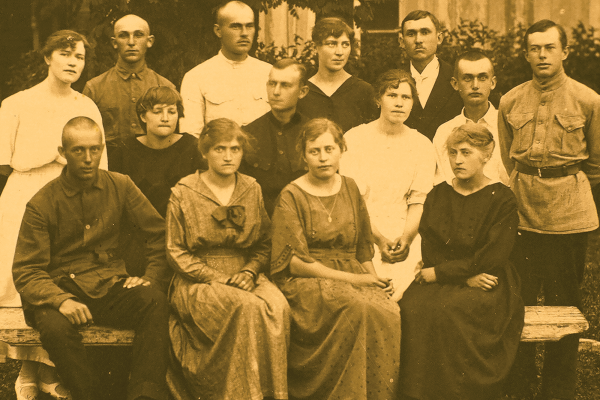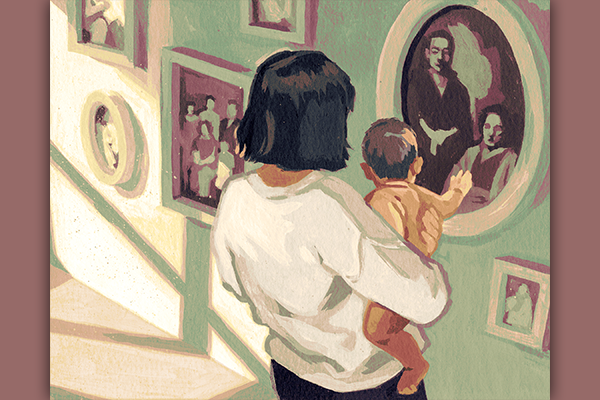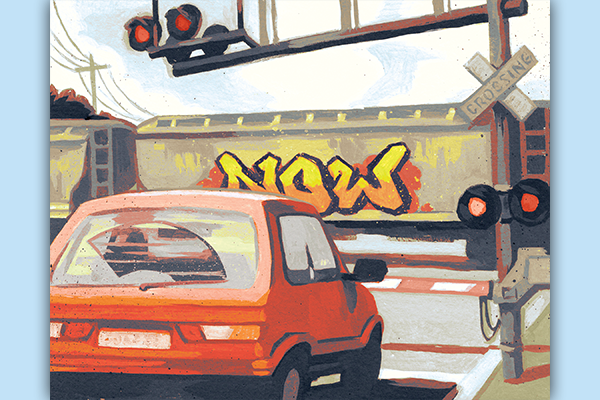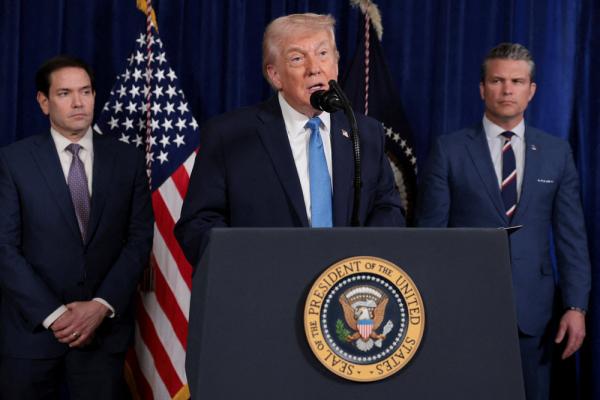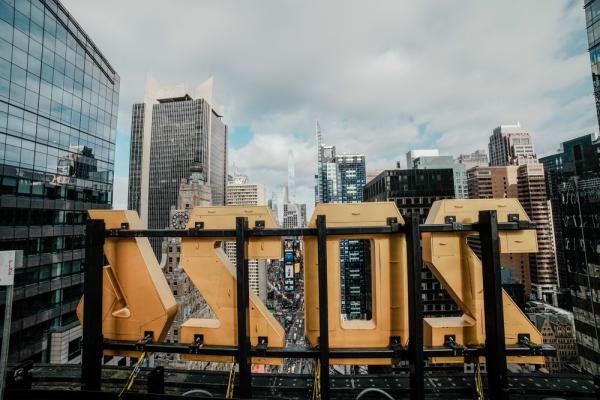A FEW YEARS AGO, Ched Myers and I discovered this graffiti in my old suburban neighborhood in Saskatoon, Saskatchewan, scrawled across a fence just a block from where I grew up:
“... as long as the sun shines,
as long as the waters flow downhill,
and as long as the grass grows green ...”
It is a venerable phrase from the Two Row Wampum of 1613, an agreement between the Five Nations of the Iroquois and representatives of the Dutch government in what is now upstate New York, which affirmed principles of Indigenous self-determination, rights, and jurisdiction. The phrase has been reiterated in most subsequent treaties between European settlers and Indigenous Peoples in Canada.
Sixty miles due north of my old neighborhood is Opwashemoe Chakatinaw (named Stoney Knoll by settlers), nestled between the North and South Saskatchewan Rivers. A spiritual center for the Young Chippewayans, it was part of Reserve 107, assigned to this Cree tribe in 1876 under Treaty 6.
A decade later, Métis, Cree, and Assiniboine communities joined as allies in the Northwest Resistance of 1885 to protest the Canadian government’s lack of good faith in upholding treaties and continuing settler encroachment throughout the region. Centered in nearby Batoche, the uprising was led by Louis Riel, a religiously inspired Métis political leader who sought to preserve the rights, land, culture, and survival of his people. The insurrection was squashed by the Canadian military, and Riel and several Indigenous leaders publicly hung.
Less than a decade after that, the first Mennonites began to arrive in Saskatchewan. These settlers built their first church in 1896 at Eigenheim, just 14 miles from Opwashemoe Chakatinaw; its founding pastor was Peter Regier, my brother-in-law’s great-grandfather. The following year, the Young Chippewayans had their reserve taken away by the Canadian government without compensation or consultation and opened to the new Mennonite (and Lutheran) settlers.
A generation later, between 1923 and 1929, some 22,000 Mennonite refugees from the Russian Revolution came to the prairies, the largest influx of Mennonite immigrants in Canadian history. These Russländer—which included all four of my grandparents—were fleeing horrific violence, leaving behind many family members who did not survive the Soviet regime. Though grateful to have escaped, these refugees carried significant trauma—and were entirely unaware of the violent Indigenous displacement a few decades prior that had made “available” the lands some of them occupied. Many Mennonites, including some of my relatives, still live in the Stoney Knoll area.
It is a place where two traumatized peoples lived side by side, though mostly segregated from and ignorant of the other. Mennonites, with their long history of religious dissidence and persecution, fled another round of violence in Europe, settled on Cree land, and set about building prosperous farms. Cree communities, on the other hand, resident here for thousands of years, struggled to survive waves of settlers, as well as continuing subjugation, discrimination, and racist injustices from Canadian colonial society. Today, Young Chippewayan leaders are still organizing for federal recognition and repatriation.
Cree elders use the term kihci-asotamâtowin to describe sacred promises made to one another in treaty. The little hill of Opwashemoe Chakatinaw is one of countless places around North America where the settler state broke its promises. It is a haunting microcosm of the wider settler colonial story—a past and continuing struggle over history, identity, and justice—that has left no corner of Turtle Island untouched.
Cultural genocide
A discipleship of decolonization tackles the oldest and deepest injustices on this continent. These violations inhabit every intersection of settler and Indigenous worlds and have generated wounds that are inextricably woven into the fabric of our own personal and political lives. We believe the work of decolonization is about healing those wounds and confronting the “ghosts” (such as the graffiti mentioned above) that haunt the places, peoples, and traditions that have shaped us all.
Take, for example, the following braid of my personal narrative.
1) An estimated 20,000 Indigenous children were removed from their families during the “Sixties Scoop” (which actually ran from the late 1950s into the 1980s) in Canada, during which they were placed in foster homes or adopted, primarily by white middle-class families. This included many Mennonites, including some of my relatives.
I grew up with two Indigenous cousins, unaware of the significant dark side to the Adopt Indian Métis program. My aunt and uncle were never told what band their Indigenous children were from, nor given any cultural competence, education, or training. I remained oblivious to what my cousins were experiencing; one died young and the other has distanced himself. In January 2019, Premier Scott Moe apologized for Saskatchewan’s role in the Sixties Scoop, long after studies had shown that the actions of the child welfare system during this period represented “cultural genocide.” Yet such matters were never discussed in our family until very recently.
2) As a child, I knew something horrible had happened to my grandparents during the Russian Revolution. At age 13, I interviewed my Grandma Margreta Schulz, recording her on a cassette tape. She spoke at length of the beauty and abundance her family had enjoyed during her childhood years in Ukraine. But as her account approached her teenage years, she began to weep and could not continue.
It was only later that I learned that Grandma Schulz, then 14, survived a two-week home invasion. This episode was part of a continuous climate of violence, plundering, rape, and killing endured by Mennonites and other German-speakers during the Russian Civil War from 1917 to 1921. Over Christmas 1918, her home was commandeered by Ukrainian revolutionary forces under the command of Nestor Makhno. The Mennonite men had fled into the forest, while my grandma, her older sister, and girl cousins were hidden in the attic. Margreta’s mother, Anna, tried to respond to the violence with courage and compassion, bandaging the wounds and feeding the rough peasant soldiers. Anna’s response may have warded off the worst; later her sister and three other relatives were brutally murdered in their home.
I experienced my grandmother as a joyful person, full of laughter; seeing her cry during my interview left an indelible impression, planting in me seeds of both curiosity and trepidation. I eventually came to learn how many of her generation suffered from PTSD, how the silence around their experiences negatively impacted our community, and how unresolved trauma inhibited our ability to connect with our even more profoundly traumatized Indigenous neighbors.
3) In my final year of college, I volunteered with the Big Sisters/Little Sisters program in Manitoba. I was paired with a 13-year-old Cree girl who had just been released from juvenile detention. She was living in a group home, pregnant for the second time, with twins. Her “crimes” had been sniffing glue, stealing food and clothes, and getting into fights—behaviors I now understand as reactions to a racist system that did not meet her basic human needs.
Despite my lack of race or economic analysis at the time, she helped me see that the criminal justice system was unable to address the injustices she faced. She described to me the pain of being forced to give up her first child and of not knowing where he was, and vowed her twins would be raised “by an Indian family.” This encounter raised a new set of questions for me about how her ancestors had been displaced by mine.
Such experiences growing up were my first tutorials in the hard truths of colonization and planted seeds of disillusionment in my otherwise insular suburban white existence. It was almost impossible to metabolize these glimpses of the violent legacy of settler colonialism in the absence of any real engagement or explanatory framing. So I repressed these memories; they festered below my consciousness, awaiting an awakening that has unfolded over my three decades in the restorative justice field. This has brought me to the work of Healing Haunted Histories: A Settler Discipleship of Decolonization.
Facing our history with courage
The great writer-activist Audre Lorde challenged white folks to “do our own work.” We who are settler and white must heal from internalized and externalized patterns of both racism and settler colonialism. Though there are vast differences in the experiences of European immigrant descendants, we are each and all shaped by socialization into myths of superiority and assimilation into a race/class regime that privileges some and marginalizes others.
Canadian decolonization theorists diagnose a settler “epistemology of ignorance” and “luxury of forgetting.” “Absolution by amnesia” makes us afraid of our own history. The term “agnosia” refers to a refusal to know or care about the violations of colonization past and present. We believe that our decolonization work must sort through the damage: our ancestral trauma; historical silences; narratives of innocence; entanglement in policies that dispossessed Indigenous land, life, and culture; and moral injury. Only such work will enable and empower us to recognize and redress past (and continuing) injustices.
We invite other settlers to engage our “Landlines” (revisiting where and how our ancestors settled and how we reside on the land today), “Bloodlines” (reversing the agnosia perpetuated in our familial and communal narratives), and “Songlines” (traditions that empower us to make things right by embracing restorative solidarity and working to redistribute wealth, land, and power).
This journey requires a determined dance between critically demythologizing our own narratives while genuinely encountering those of Indigenous and other historically oppressed communities. If we focus only on our family stories, in the way hobby genealogists do, for example, this will only be another instance of centering whiteness. But neither can we attach ourselves to other people’s stories—as some white solidarity activists do—in ways that would either dissociate from our own responsibilities or appropriate the cultural strength of others.
For settler Christians, a discipleship of decolonization is both demanding and liberating: facing ghosts past and present, healing the disease within and around us, and struggling for justice and building relationships with Indigenous communities in the places impacted by our people’s settlement. This is how we honor covenants for “as long as the sun shines.”
To do this work is to embrace the hope articulated by poet Maya Angelou that “history, despite its wrenching pain / cannot be unlived, but if faced / with courage, need not be lived again.”
This article is adapted with permission from Elaine Enns' and Ched Myers’ new book, Healing Haunted Histories: A Settler Discipleship of Decolonization (Wipf and Stock Publishers, wipfandstock.com, 2020).
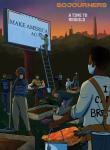
Got something to say about what you're reading? We value your feedback!
